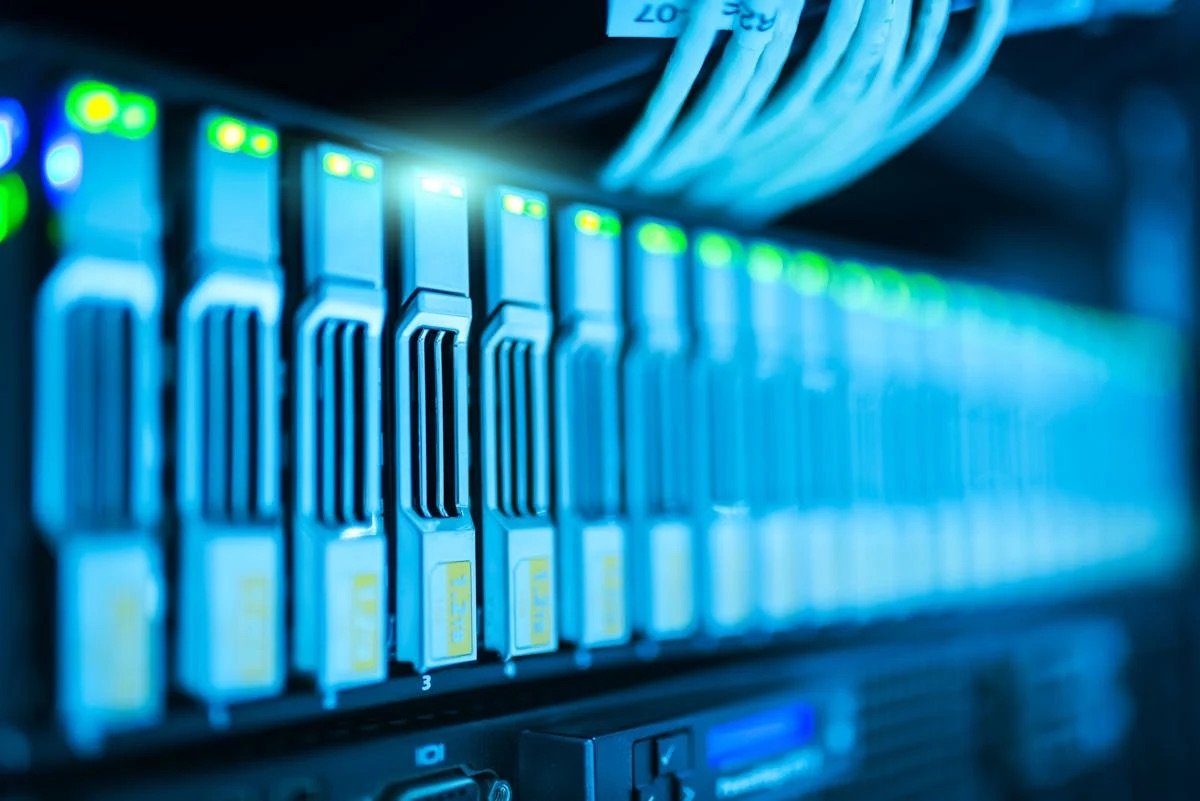Understanding Managed PDUs: Smart Power for Smarter Infrastructure

Understanding Managed PDUs: Smart Power for Smarter Infrastructure
In a digital age, it is all about uptime, efficiency and control. With the growth of the businesses depending on data centers and mission-critical IT equipment, it has become imperative to manage the power distribution in a smart manner. That is where Managed Power Distribution Units (PDUs) are involved. The sophisticated devices go far beyond mere power distribution – they offer real-time visibility, remote control, and energy efficiency data that enables IT departments to work with accuracy.
What is a Managed PDU?
A Managed PDU is a kind of power distribution unit that aims to provide not only electrical outlets, but network-based power control and monitoring facilities. In comparison to basic or even metered PDUs, managed PDUs permit administrators to:
- Track power consumption at the device, circuit and outlet level.
- Reboot, turn on/off individually or turn on/off groups of outlets remotely.
- Establish power consumption limits and get notifications.
- monitor the trend of energy usage.
Such granularity of control makes managed PDUs a key component of present-day data centers and enterprise IT infrastructures.
Key Features of Managed PDUs
1. Remote Power Management
Managed PDUs offer web-based or SNMP-powered interfaces through which the IT team can remotely cycle power. This minimizes the necessity of on-site attendance and increases the speed of response in the cases of equipment reboot or shutdown.
2. Real-Time Monitoring
They provide more granular visibility into voltage, current and power draw (kWh), allowing operators to view consumption down to the device level. This assists in indicating overloaded circuits, underworking devices as well as energy-saving possibilities.
3. Environmental Sensors
Most managed PDUs allow the use of plug-and-play temperature, humidity and airflow sensors in hot spots and cooling efficiency in server rooms.
4. User Access Control
You may grant access privileges by user group or outlet, so that only the permitted staff members may have control over devices critical to the mission.
5. Automated Alerts
Enable email or SNMP trap messages when thresholds are exceeded (such as overloads, spikes or low voltage) and assist in avoiding outages or damage before it happens.
Why Use a Managed PDU?
Optimize Uptime: Proactive power management and real-time alerts help prevent failures and reduce downtime.
Save Energy: Detailed energy analytics help track and reduce unnecessary energy use, aiding sustainability goals.
Improve Troubleshooting: Remote power cycling and outlet-level visibility make diagnosing equipment problems faster and easier.
Support Scalability: As businesses grow, managed PDUs can be easily integrated into centralized power management platforms.
Ideal Applications
Data Centers
Server Rooms
Telecom Sites
Edge Computing Environments
Colocation Facilities
Anywhere uptime and power visibility are critical, managed PDUs are the right fit.
Conclusion
The next generation of smart PDUs is managed PDUs. Not only do they distribute power, but they also allow you to manage, control and optimize it, in real-time and remotely. When efficiency, uptime and control of operations are serious concerns to you- then you know what to do to your power strategy- invest in managed PDU.

